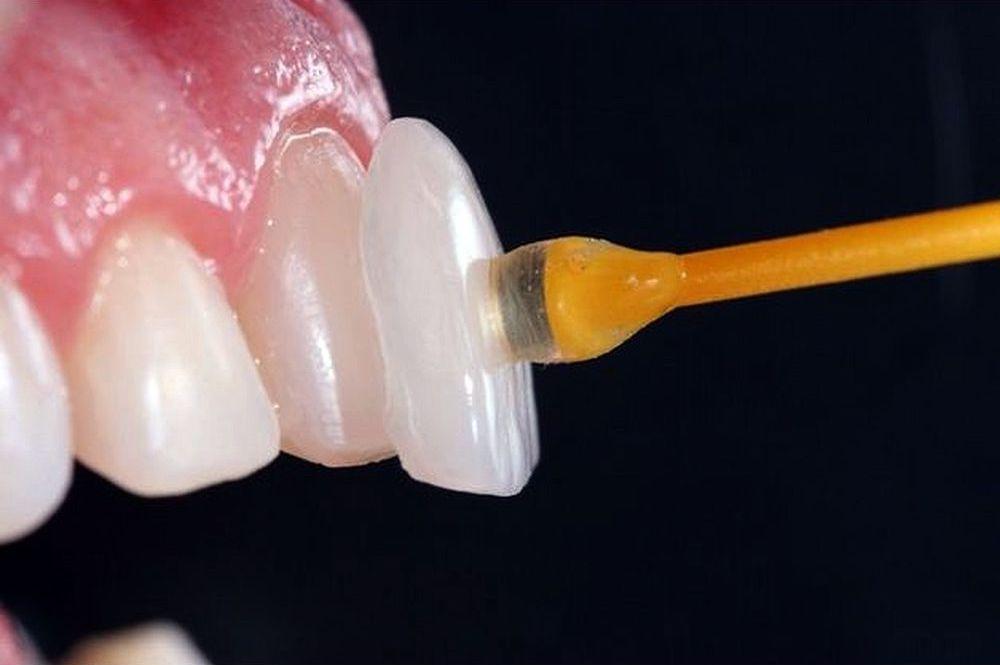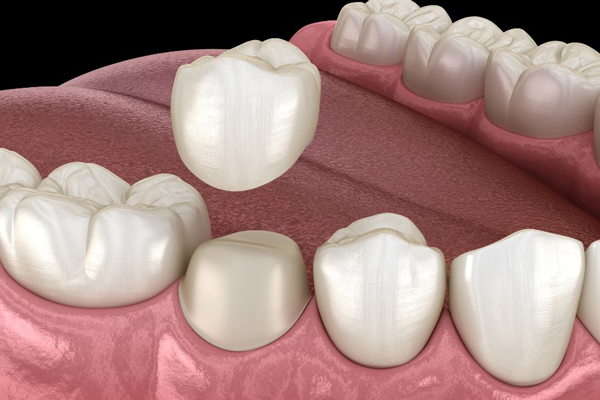Dental veneers and caps
CUSTOMIZED TREATMENTS
Dental veneers and dental caps are two treatments widely used in cosmetic dentistry, but they have key differences:
- Veneers: They are placed only on the front part of the tooth, and are mainly intended to solve esthetic problems such as color, size or shape of the teeth, and to hide fractures or separations between them. They can be porcelain (durable and shiny) or composite (more porous and with risk of discoloration). In some cases, they do not require previous dental milling.
Aesthetic treatment with veneers is used when:
- You want to improve the color of your teeth.
- To hide an enamel fracture or to give a regular and uniform appearance to all parts.
- In the case of diastemas, i.e. gaps between two teeth, they can be used to cover the space.
- To change the size or shape of the teeth. Veneers are very thin sheets, less than 1 millimeter thick.

- Caps: They cover the entire tooth and, in addition to improving esthetics, they also solve functional problems such as damaged or weakened teeth, especially after treatments such as root canals. There are different types of sheaths depending on the material, such as metal and porcelain (durable, but with the risk of metal showing through over time), ceramic/porcelain (highly esthetic and metal-free), and zirconia (strong and natural-looking).
The treatment with sleeve, in addition to giving you a better appearance, unlike veneers, is used to:
- To rebuild or protect teeth and restore their function.
- These are prostheses a few millimeters thick that are fixed on the tooth to give it the right shape, color and size.
- They are used after root canals, when the treatment to eliminate a cavity has caused a significant loss of tissue or when there is a considerable fracture.
To place the sleeve , the tooth on which it is to be placed must be ground. It is then cemented in place for a very firm bond.

Veneers are lighter and more esthetic solutions, while veneers have a more comprehensive approach, both in functionality and appearance. Both treatments offer a natural smile, but the choice depends on the patient’s specific needs and the specialist’s advice.
